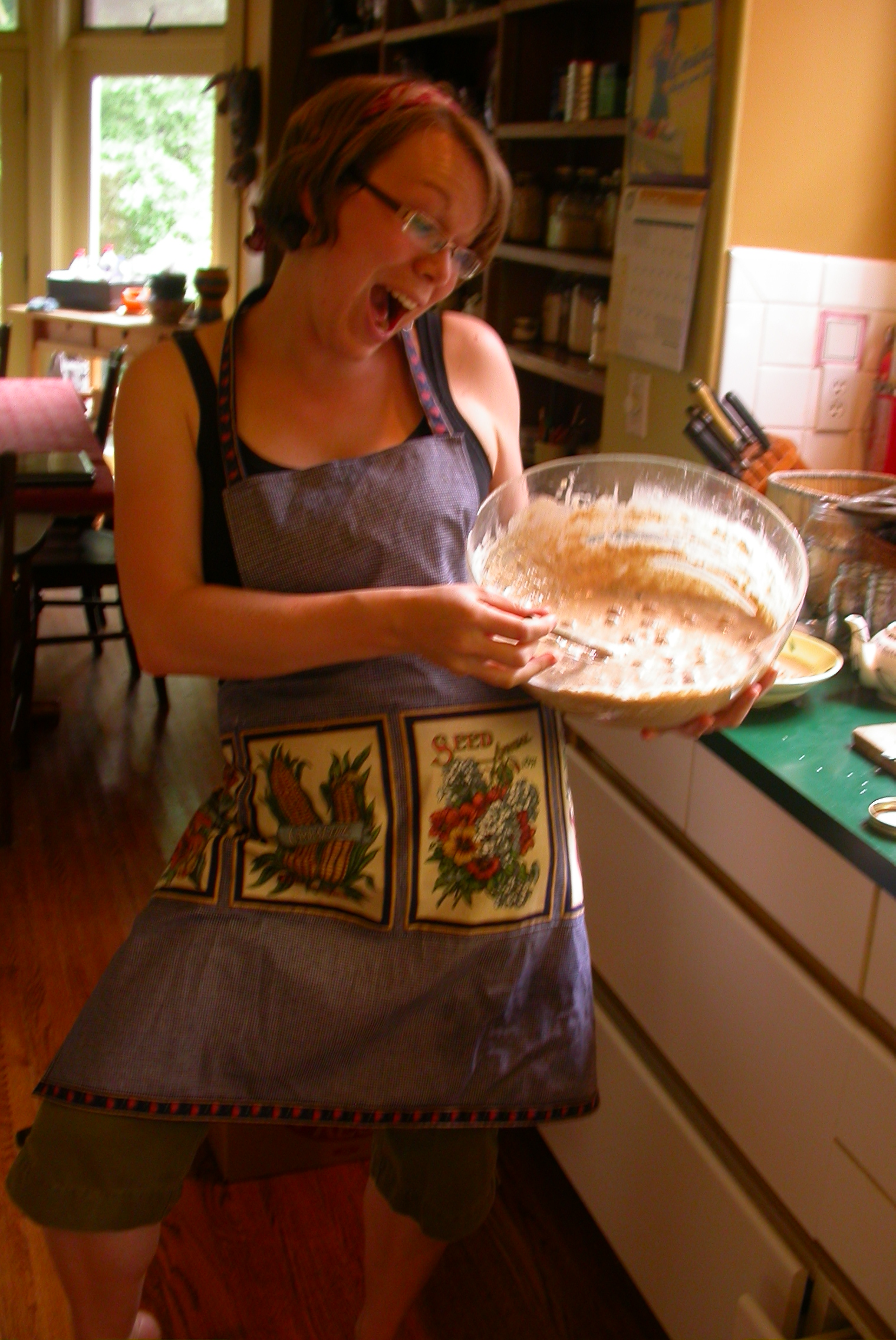I have to confess, I’ve had an uncharacteristically low week. I’m generally a pretty happy person, but my spirits have been wallowing,  mostly in reaction to the G20 demonstrations last weekend. But yesterday, something shifted. Maybe it was the sunshine. Maybe it was the trip to the farmers market. Or maybe it was the music I was listening to. Whatever it was, though, I found myself ready to be creative again, and thus, finished off my placemats.
mostly in reaction to the G20 demonstrations last weekend. But yesterday, something shifted. Maybe it was the sunshine. Maybe it was the trip to the farmers market. Or maybe it was the music I was listening to. Whatever it was, though, I found myself ready to be creative again, and thus, finished off my placemats.
It turns out the final few steps take no time at all (if you have access to a sewing machine at least). So here we go…
1) We left off with finishing the “plain weave”, using fabric scraps and a piece of cardboard as a loom. Either using a needle and thread or by tying knots, you want to tie off your stray edges. Next, turn your cardboard loom over, so the backside (the one without the weave on it) is facing you. Place a piece of masking tape along each of the short edges, to keep the ends of the warp in place.
2) Cut the warp down the middle, and carefully release the warp from the cardboard loom. The tape is used to keep all the loose ends in place, so make sure they stay stuck. You may want to use extra masking tape to ensure they stay in place.
The tape is used to keep all the loose ends in place, so make sure they stay stuck. You may want to use extra masking tape to ensure they stay in place.
3) By hand or machine, sew a straight line along each edge of the place mat, securing the frayed edges of the warp to the end of your weave.
 4) Cut the frayed edges to the desired length.
4) Cut the frayed edges to the desired length.
There are lots of great things about this project. First, you can reuse the cardboard loom over and over again, so each place mat takes less time than the one before. Second, it’s dead cheap to make! Third, you can experiment with different weave sizes, materials, textures, etc. The possibilities are endless. And lastly, it’s fun.
So! The week in review:
- Time: Approximately 1.5 hours per place mat, assuming a 15″x17″ loom with slits 1.5 cm apart.
- Cost: <$10. You should be able to make this essentially with all reclaimed materials.
- Difficultly: Easy peasy

- Success? Totally. The more you experiment, the better they’ll be, but I’m happy.
- Favourite part of the project: chatting with J. Lax while weaving, and then once she left, discovering The West Wing. How have I never seen this show before?
- Lesson Learned: T-Shirt material doesn’t work well for this. Straight up cotton, and non-jersey fabrics are way better. Also, the smaller the knit, the tighter and nicer the place mats, but the longer they take. Your choice.
2 projects down, just 50 more to go. Yeeeee-haw!




